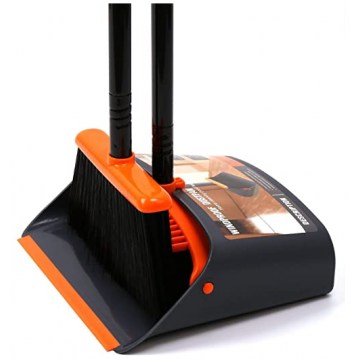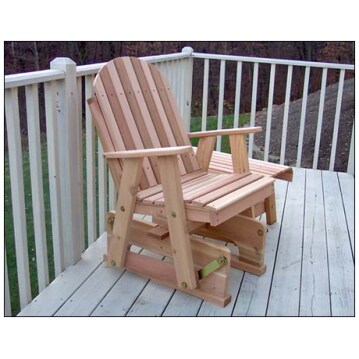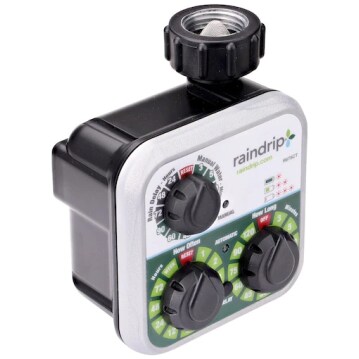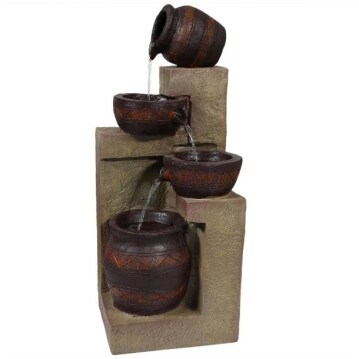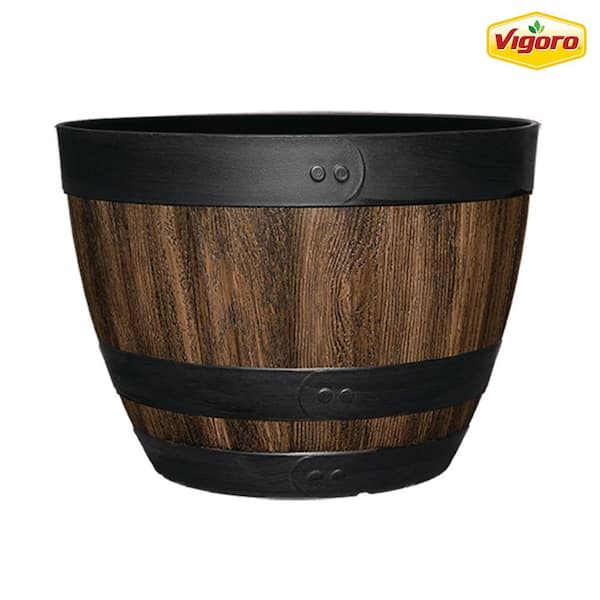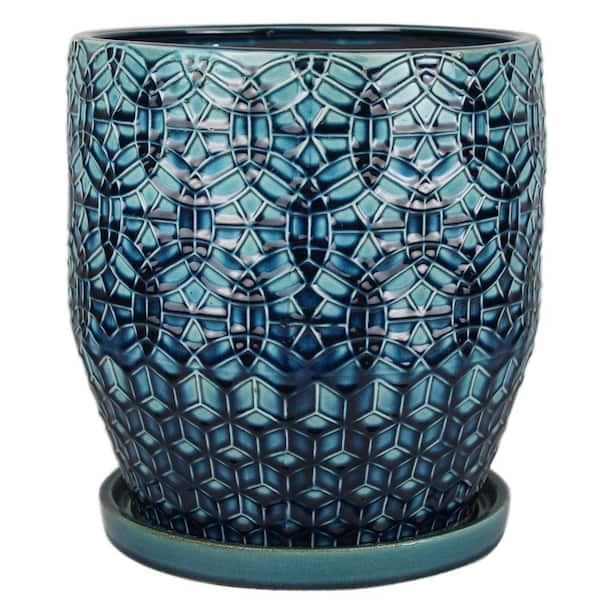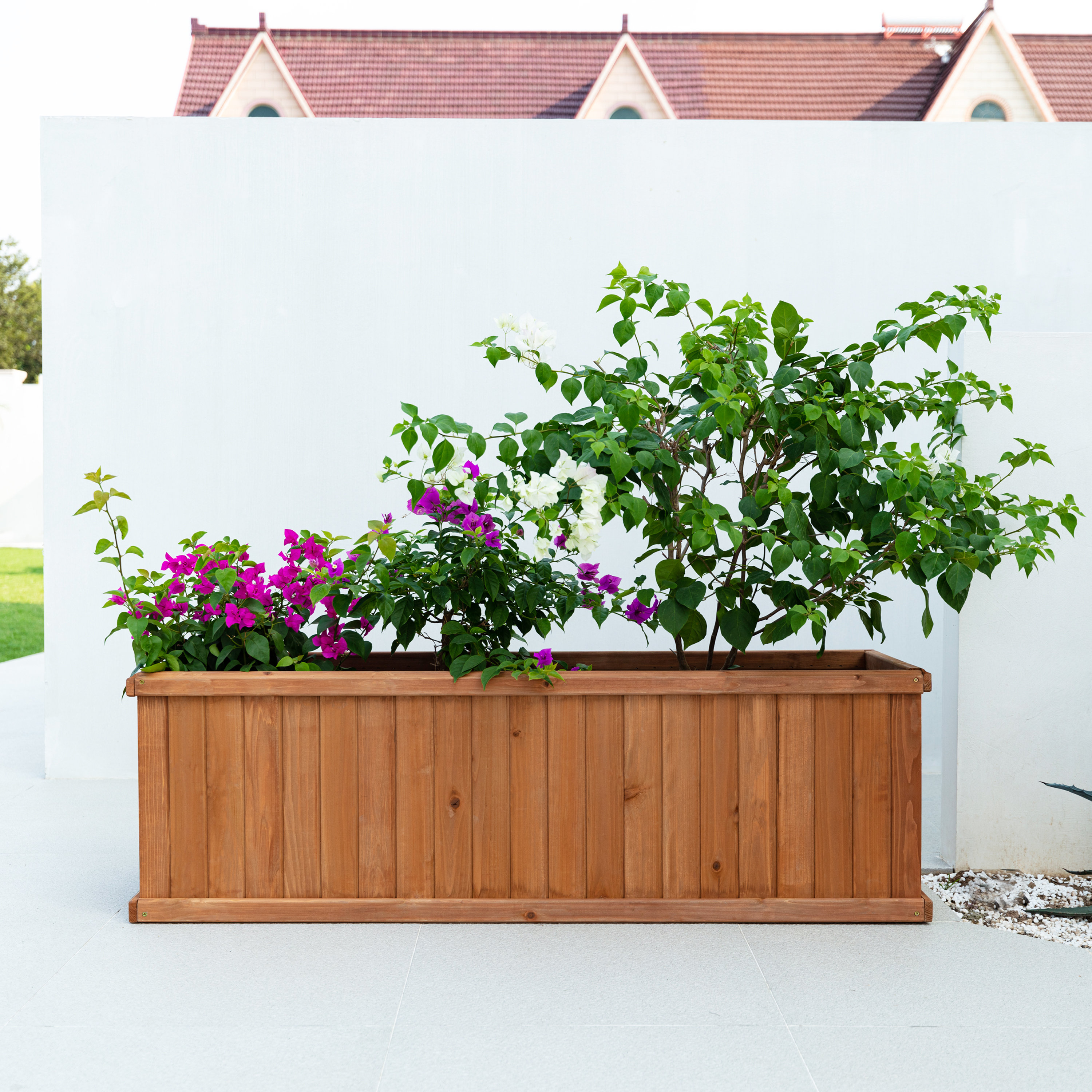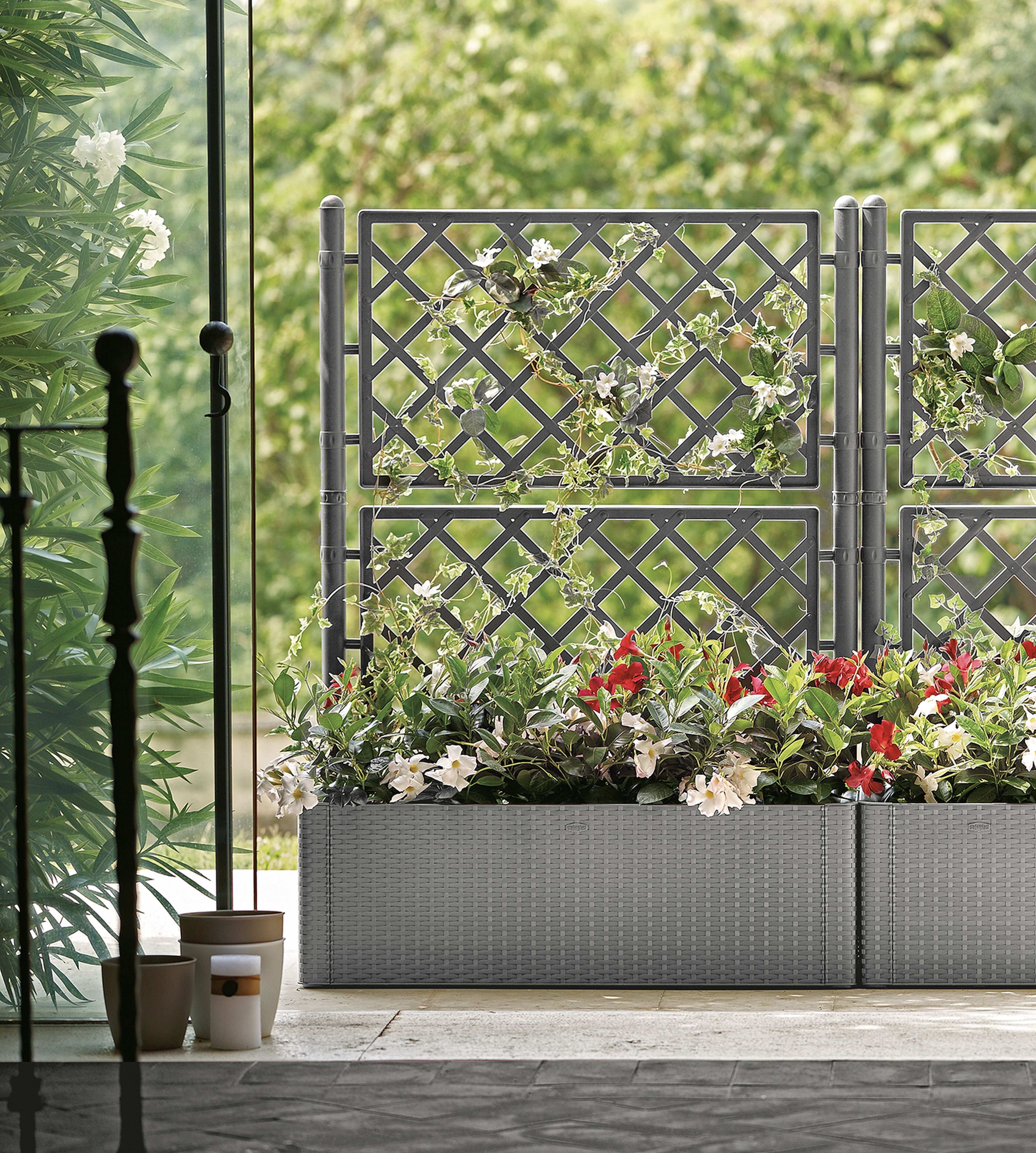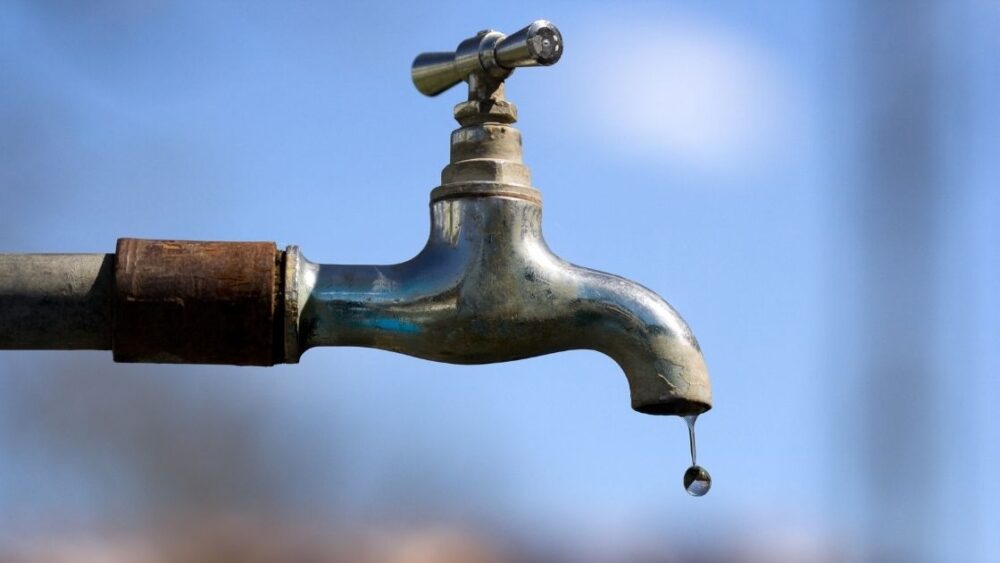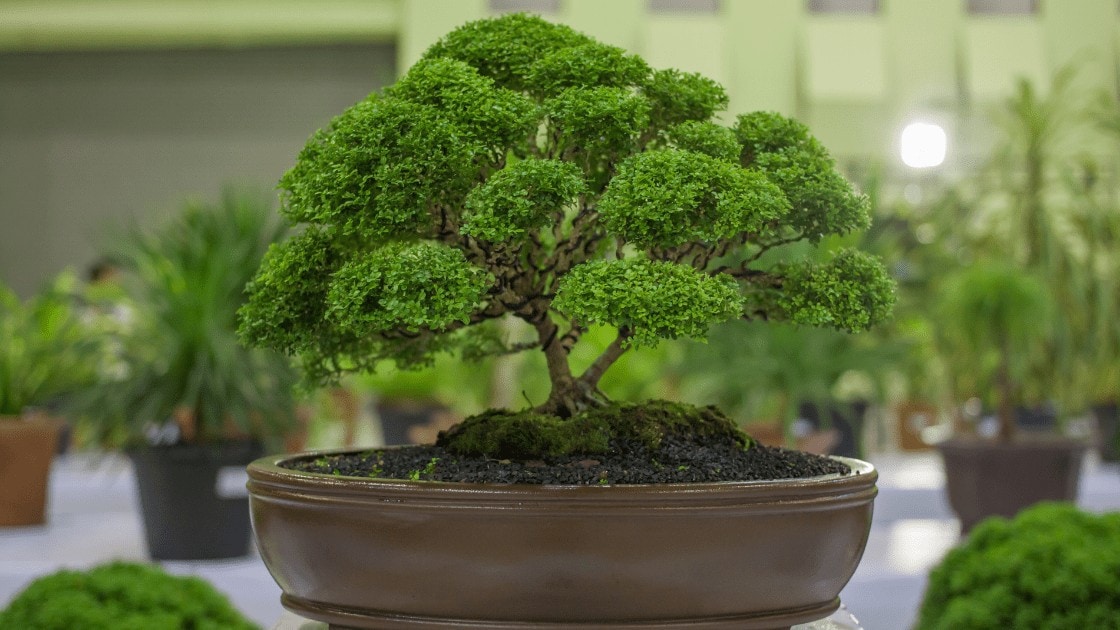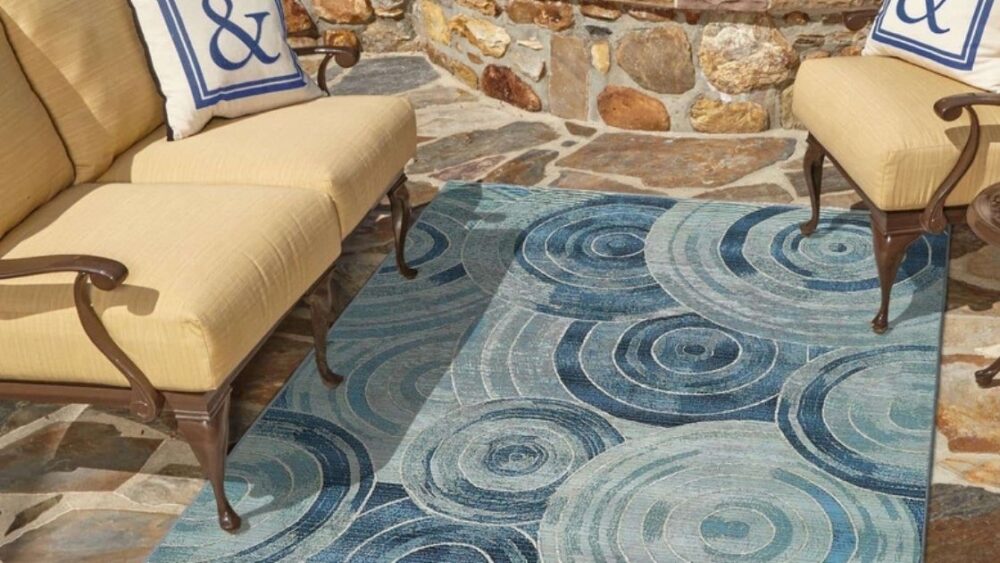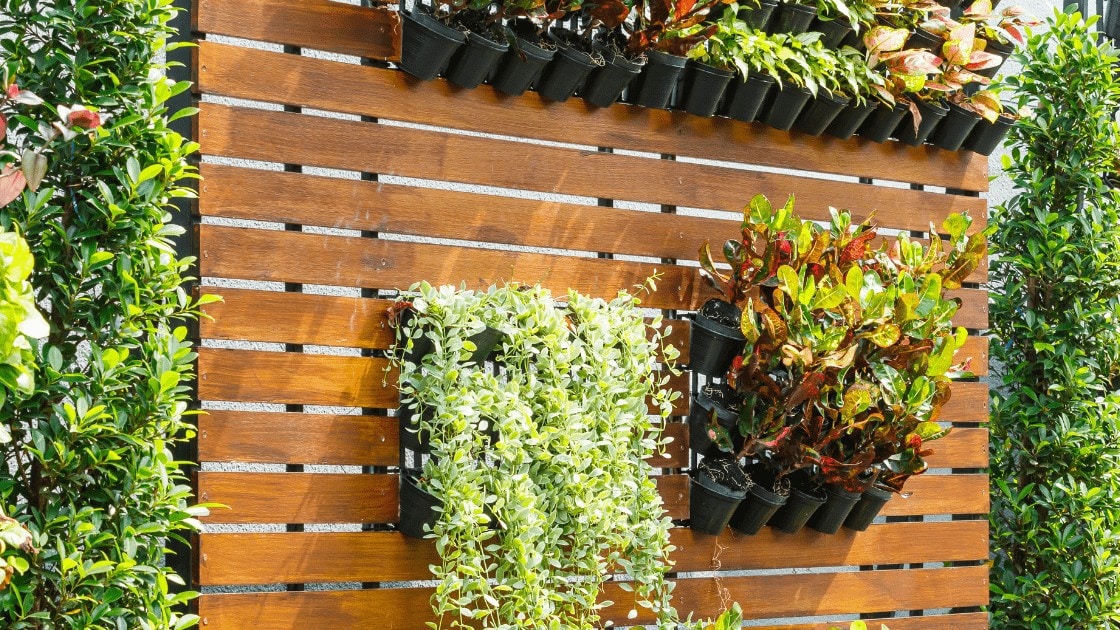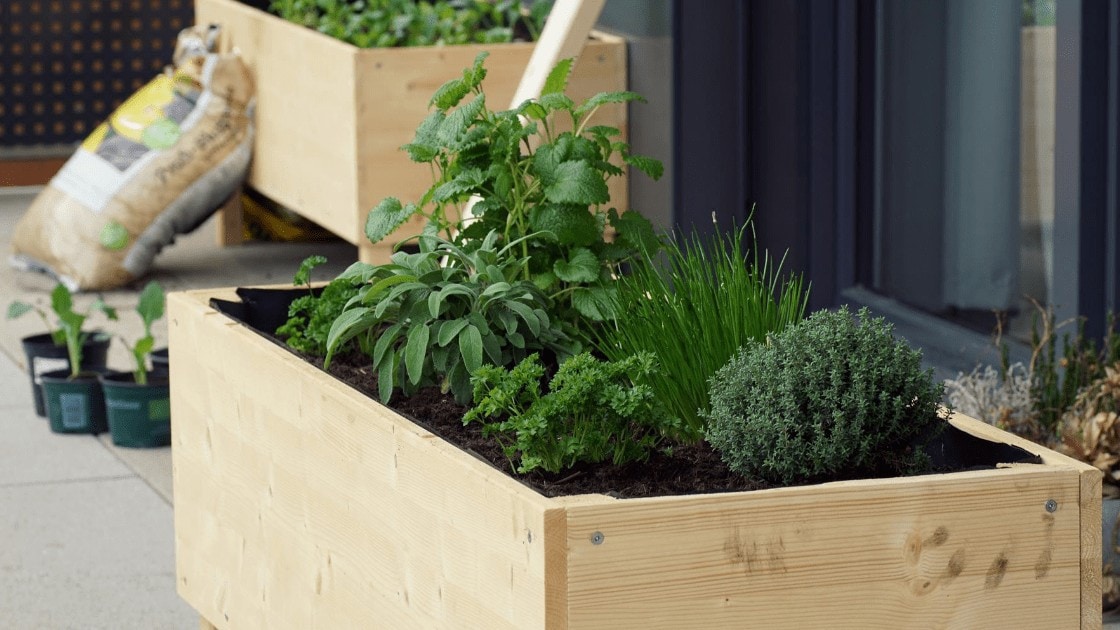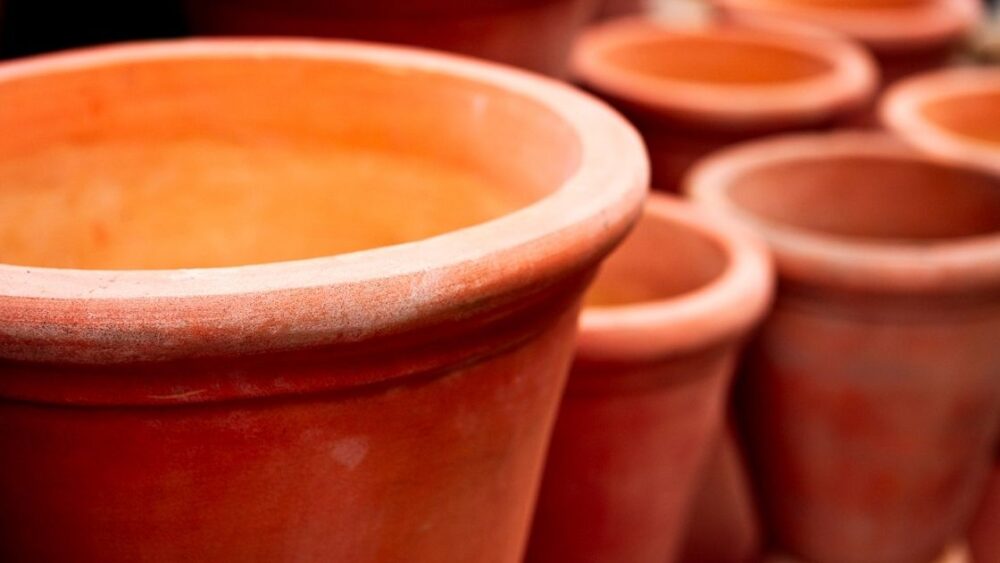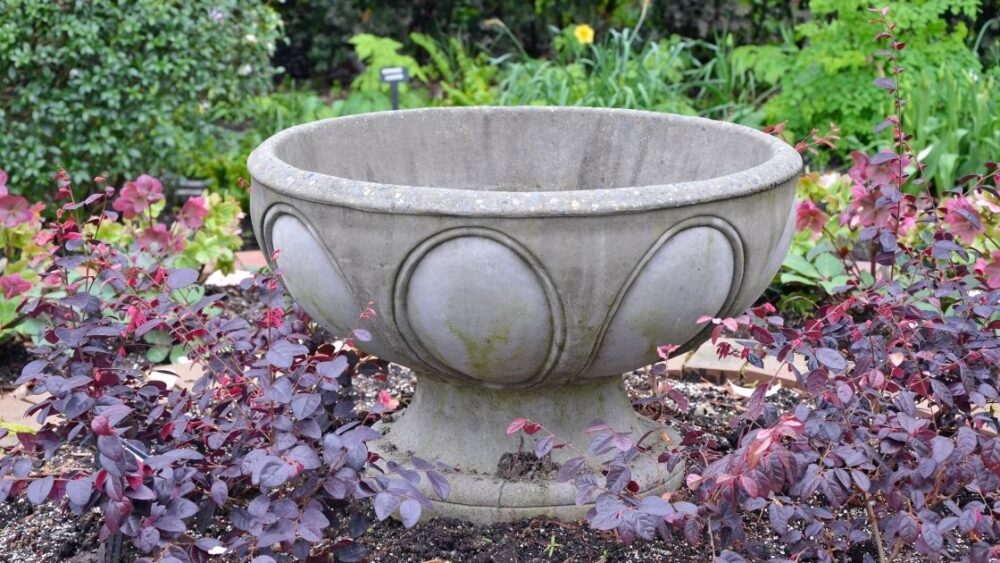
The overall effect of the planter on your plants is observed in the growth and development of the plants. If you choose wrongly, you end up with stunted developed plants. This article explains why you should choose the right planter size, what you should look out for, and if you need a planter. Continue reading, and you surely will find educative lines with the potential to increase your knowledge about plant growth and wellness.
What happens if a planter is too big?
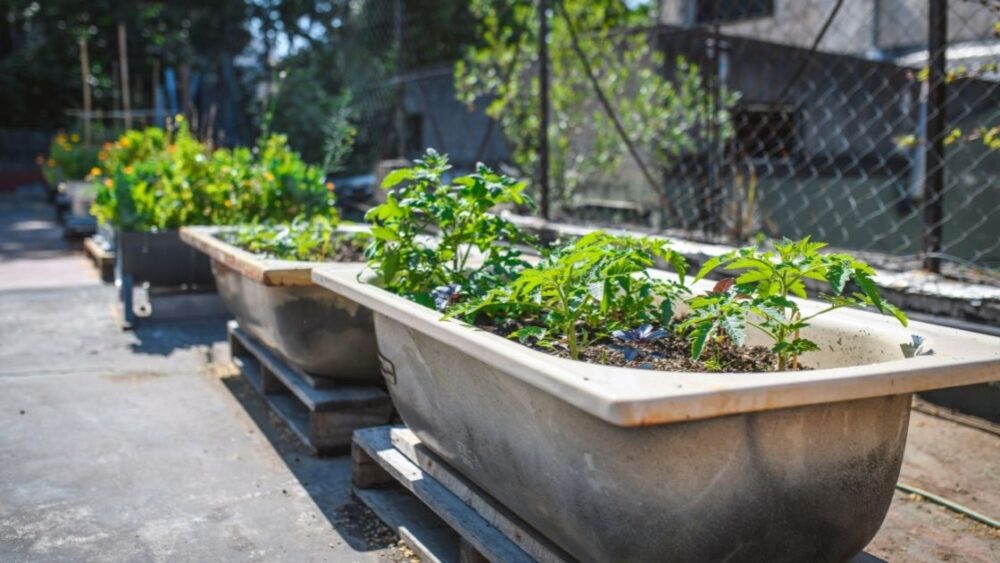
The size of a planter to the plant, the need to consider it, and the effect is best explained in term of nutrient accumulation. First, you need to consider the size of a planter and make sure the width is between a 1″ – 2″ ratio between the plant and container. The effect of the distance between the roots and the wall of the container is observable in the aspect of nutrient accumulation, water intake, and retention level. The solutes (nutrients) per volume of solvent (water) affect your plant’s growth.
For example, suppose you apply fertilizer to a plant and later add water or dissolve the fertilizer in the water. In that case, the amount of the fertilizer inside the water affects your plant’s growth – if the fertilizer is too much, the plant accumulates more than enough nutrients. Based on this, if you installed a large planter than your plant, you have indirectly increased the proportion of nutrients per the size of your plants. It means you would give more than enough because of the high nutrient accumulation by the soil.
Browse our Affiliate Products
Also, having more soil in the planter against small plants makes the soil take in more water than required. You give more water because of the inaccurate water intake measurements caused by the big planter. When you have the right planter size, you monitor the water level accurately.
The effect of waterlogging is observed as fungi growth. Fungi lead to mold growth, rot, and root diseases. There are two foundations for root decay, yet inadequately depleted or overwatered soils are the primary driver. So, a large planter can easily cause root rot from the two main factors (waterlogged and fungi action). These spongy circumstances keep roots from engrossing all the oxygen they expect to live. As the oxygen-starved roots pass on and rot, their decay can spread to better roots.
Root decay is a plant disease that goes after the root of plants filling in wet or clammy soil. This rotting can stop the existence of pretty much any kind of tree or plant and has side effects like different irritation issues, withered leaves, early leaf drop, branch dieback, and inevitable plant death.
For more information on self watering pot and root rot, check out this article: Do self-watering pots cause root rot and other issues?
How big should a planter be?
“How big?” A planter should be big, but not too big. The big plant creates enough space for root development, plant growth, water, and nutrient circulation. Your plant should generally live in a planter marginally bigger than the actual plant. Setting a plant in a planter that is too enormous can cause difficulties, and a too-little one won’t fit the plant by any stretch. Give your all to pick a grower with a breadth 1” – 2” more extensive than your plant’s measurement.
The planter shouldn’t go past a small bunch of height over the soil line. Assuming that the grower is excessively tall will hinder the developing leaves. A planter with a level right at the soil line is ideal. So, you are to consider the size and height of the planter when marking “how big” your planter should be.
To check out our affiliate product category, click here: Planters and Pots
Are planters good for all plants?
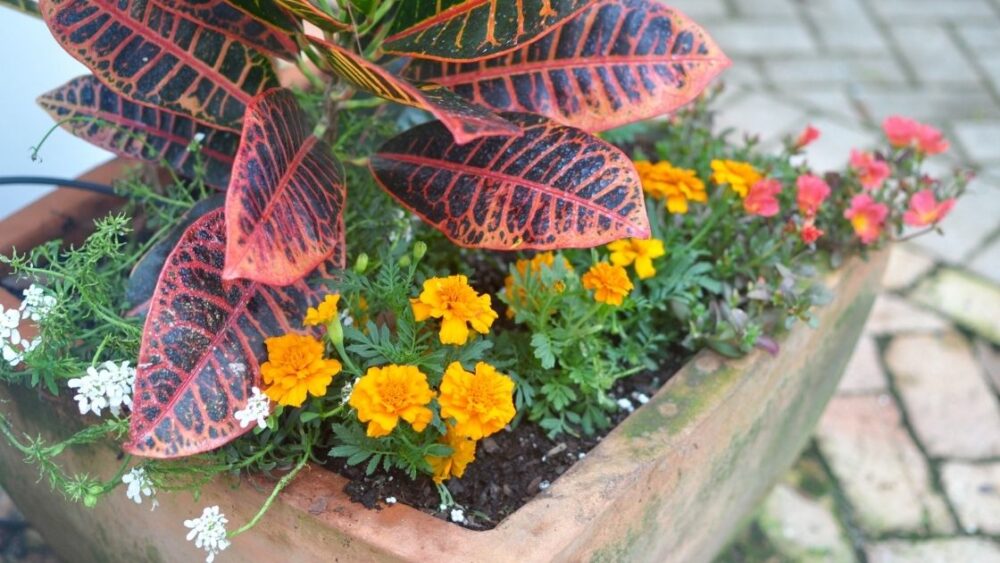
There are two types of planters based on the watering system: manual and self-watering planters. While the manual watering planters are a good choice for all indoor plants:
- Self-watering planters have some disadvantages in their use for all plants.
- The manual requires you to add water regularly, and you consciously monitor the amount of water per section. This process shows little to no self-causing damage from the planter to your plants because you control the planter manually.
Using a self-watering planter is different. Self-watering planters are not appropriate for all plants. Some plants request steady watering while others flourish just in managed soil dryness. Plants that are orchids or succulents need to partake in the dryness span. In any case, parasite development is inescapable from self-watering planters. Growths flourish in dampness and warm conditions. Self-watering pots are not reasonable for outside plants. The excellence of self-watering pots is keeping up with the watercourse without help from anyone else – no outside force. It is almost difficult to accomplish this if you keep a self-watering pot outside, particularly when presented to rain.
Do planters require drainage holes?
Yes, your planters should have drainage holes whether you place them outside or indoors. Water drainage is important because of three reasons.
For more information on drainage holes, check out this article: Is One Drainage Hole Enough for Flower Pots? How Big Should It Be?
- Allows water to drain from the roots. We have linked root decay to waterlogged, and even if the plant loves water, it should not be over wet continuously. Planter with drainage allows easy water flow and prevents any havoc caused by plant waterlogged.
- If a planter has a drainage system, the path clears off perfectly for air to flow through the plants. Airflow is important for plant growth. Otherwise, the plant would not grow well.
- As the salts accumulate, they can disturb the progression of water and basic supplements going into the root. If the salt levels increase, they can start to coax the water out of the plant and back into the dirt. Plants can promptly utilize nutrients that are dissolvable mineral salt particles. The roots contain various degrees of mineral particles called root salts that assist with making a steady, regular progression of water and supplements into the plant’s vascular framework. You should flush them or use a drainage system to do this often.
Final Thoughts
Planter is an important factor in plant growth and management. If you need a planter, you should consider the above factors: size, width, height, amount of plants, and drainage system. All of these factors positively or negatively contribute to your plant growth. Make sure you observe them accordingly.
